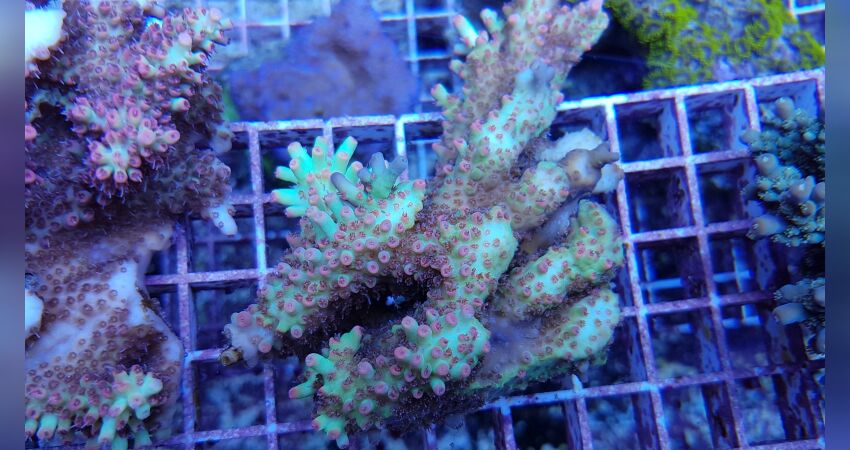Coral exports from Australia approved until 2024

Some time ago it was rumoured that no more corals could come to us from Australia. The Australian government confirmed a few days ago that the export of stony corals from the Great Barrier Reef can continue for another three years, albeit with some restrictions.
In a statement issued by the Wildlife Trade Regulation Section, a new Wildlife Trade Operation (WTO) permit has been granted for the Queensland coral fishery until 28 October 2024.
This revised permit removes months of uncertainty over the Queensland coral fishery's long-term supply capability. A ban would have particularly affected popular corals such as Homophyllia, Micromuss and even Trachyphyllia. According to an assessment by the Australian government, the region has been a leader in imports in the past, which does not yet show a major impact on nature. However, it also clearly showed that removals had increased significantly. (Remember Indonesia's import stop which also had its impact) In 2018/2019 the total amount reached 100,000 kg. In any case, this clearly shows that volumes had increased significantly.
Despite the lack of evidence of clear import data of the past time, permission has now been granted.
[image:17922]
[image:17923]
The "coral collectors" must from now on adhere to no less than nine different regulations. Among others, however, the exact composition of the collected coral genera, especially Acropora, and to be recorded on species level. Subsequently, an annual report will be submitted to CITES.
In 2022, new removal limits will be introduced for many popular stony coral species, including Acropora spp, Micromussa lordhowensis, (Acans) Homophyllia cf. australis (Scolys) , Trachyphyllia geoffroyi , Acanthophyllia deshayesiana , Catalaphyllia jardinei , Fimbriaphyllia ancora , Euphyllia glabrescens, also others such as Cycloceris cyclolites and Montipora sp.
The restrictions will remain in place until CITES is provided with data that the collection of the above species is not harmful. And by June 2022, Queensland must publish a revised ecological risk assessment, to better train fishers to identify corals at the species level, thereby ensuring the traceability of wild-collected Australian corals compared to captive-bred corals.
How do you like this article?
Info
Author

Bookmark
Comments
Topics
Similar articles
- The team of anker & meehr wishes Merry Christmas in 2025
- News from aquariOOm - the Maxspect Coral Clipper
- Maxspect TrueReef Filter Lens für IPhones - Gouda Cheese
- Faunamarin stellt vor: Großes Riff-Feeling im kleinen Format
- NEW: The STELLAR LED additional light
- Tobias Friedrich am 20.12.2014 bei Natural Reef Design
- Aquarium systems - Part 1: The LINEA series from Giesemann
- Red Sea Reef ATO + System
- Neue Verpackung: 10 kg Tropic Marin® MEERSALZ CLASSIC jetzt in einem Eimer
- Hawaii Aquarium Fish Update: There is a renewed request for a ban
Comments To the top
Please register
In order to be able to write something yourself, you must register in advance.






